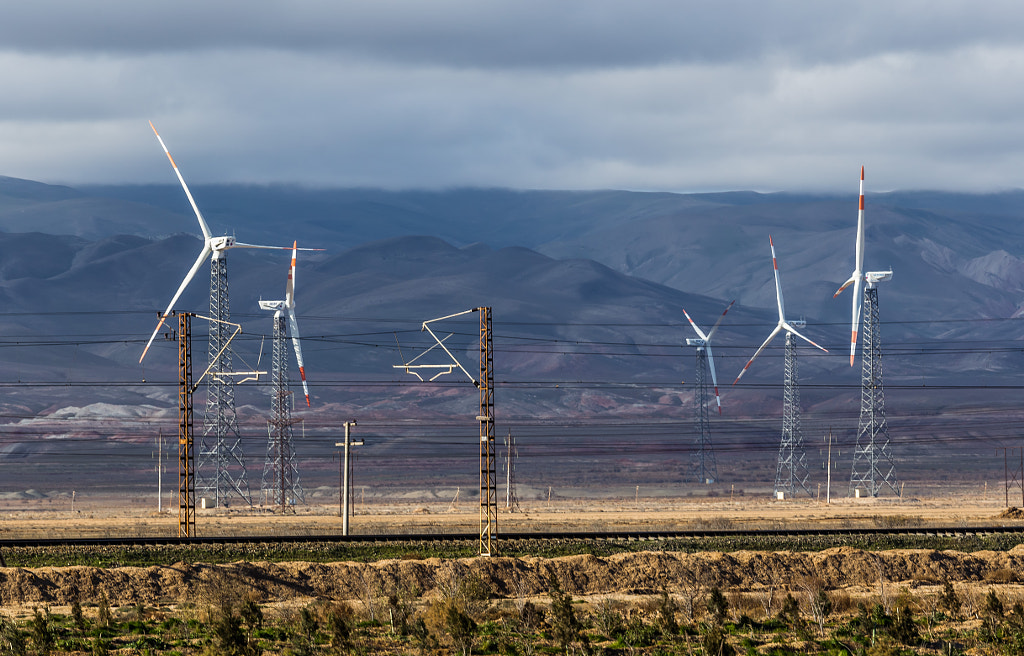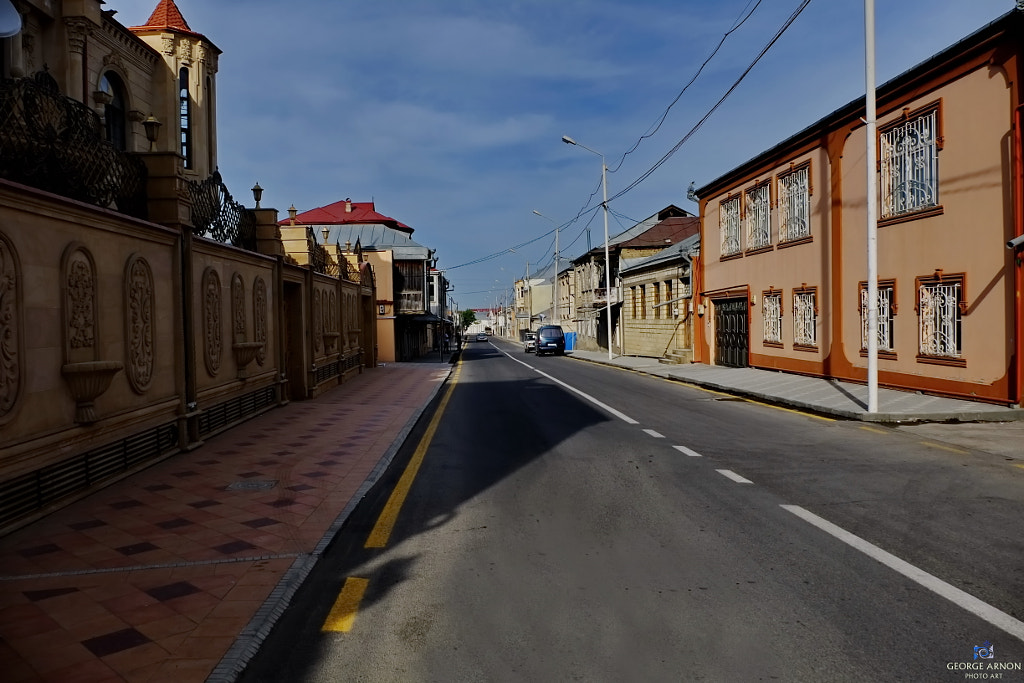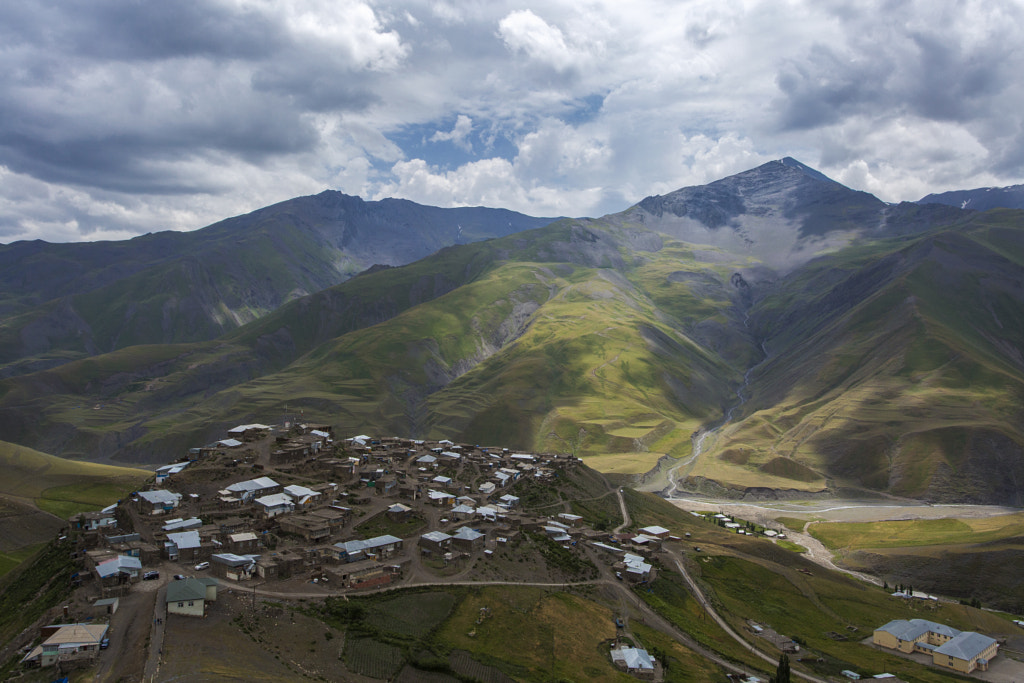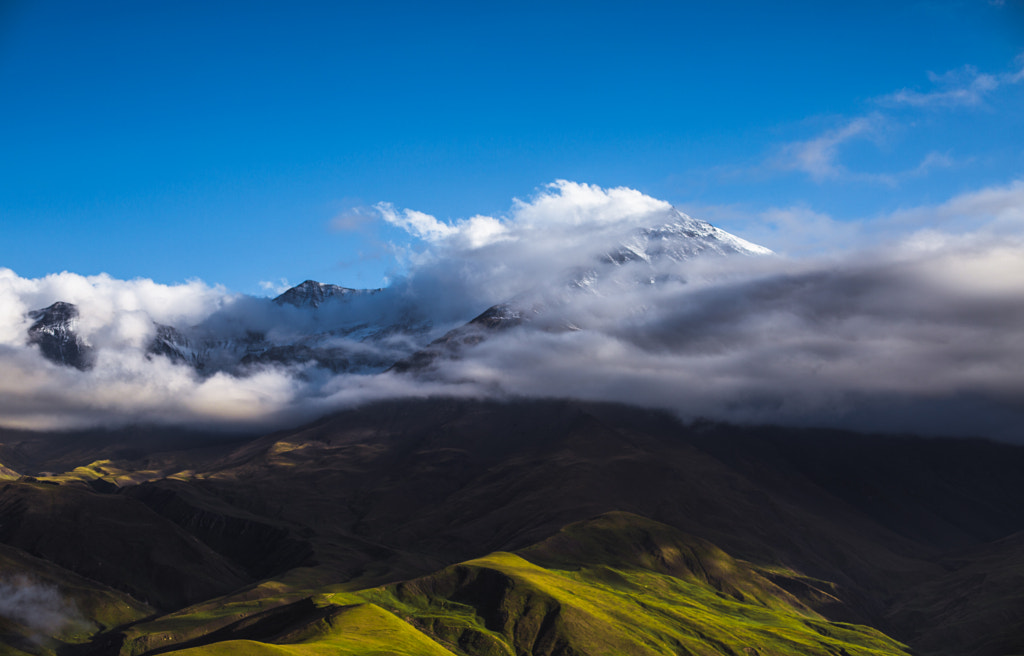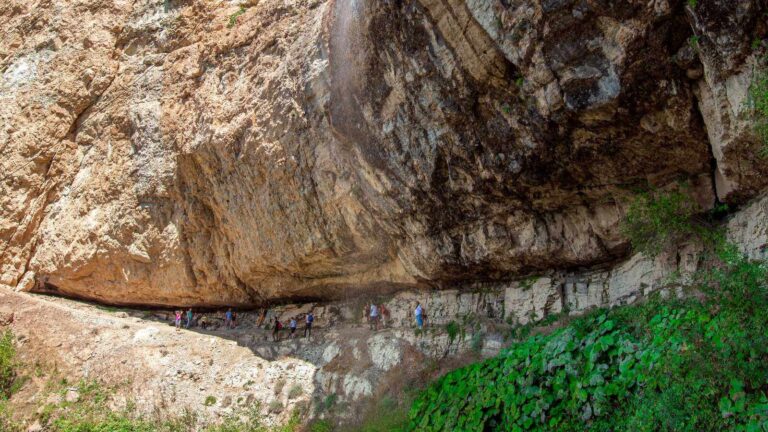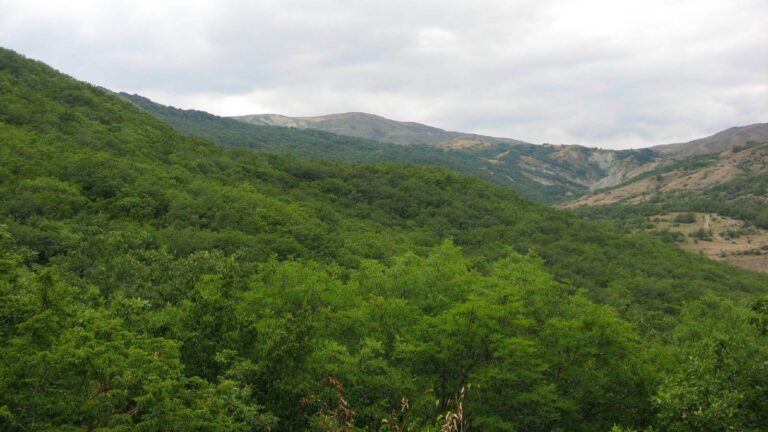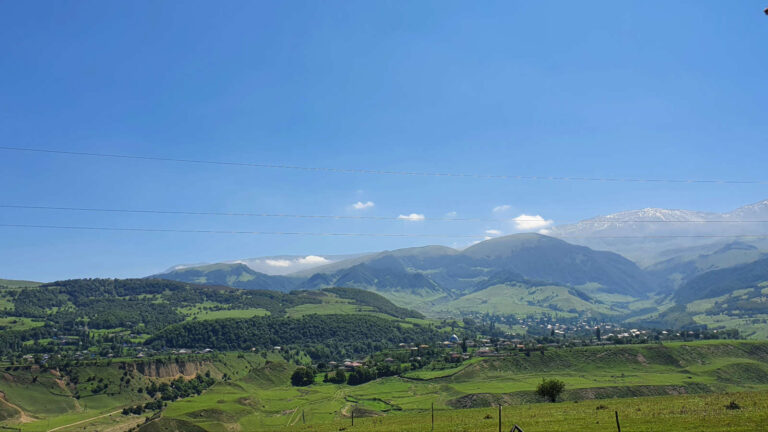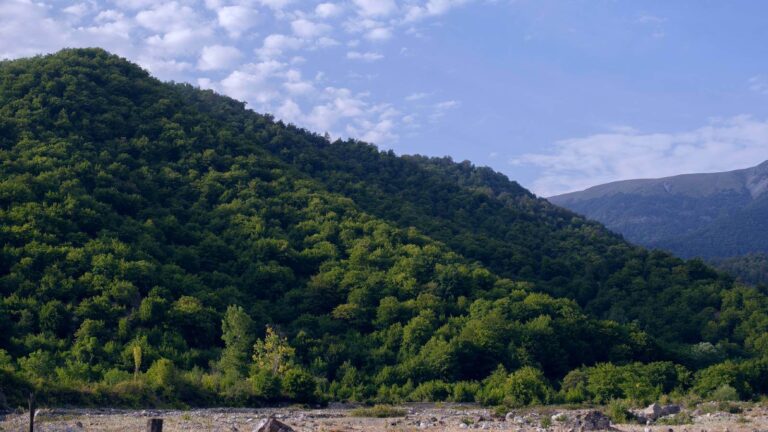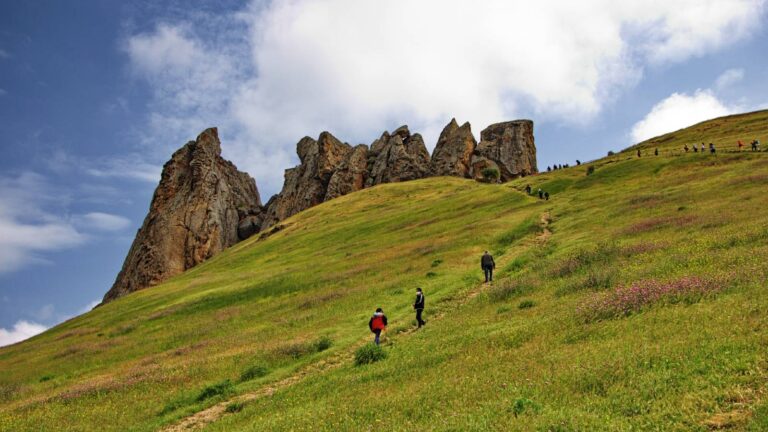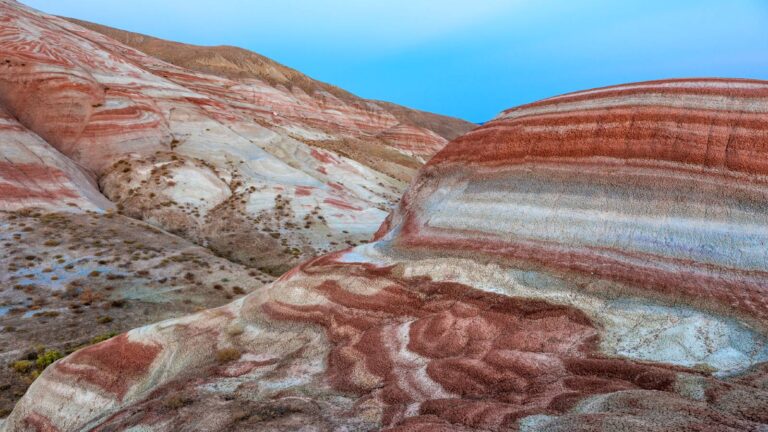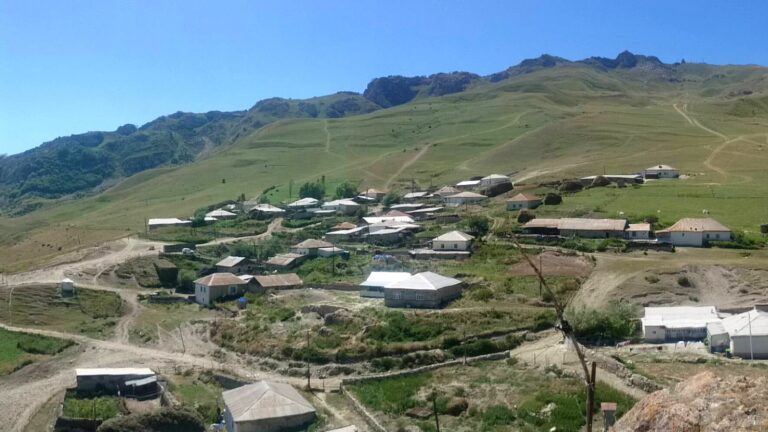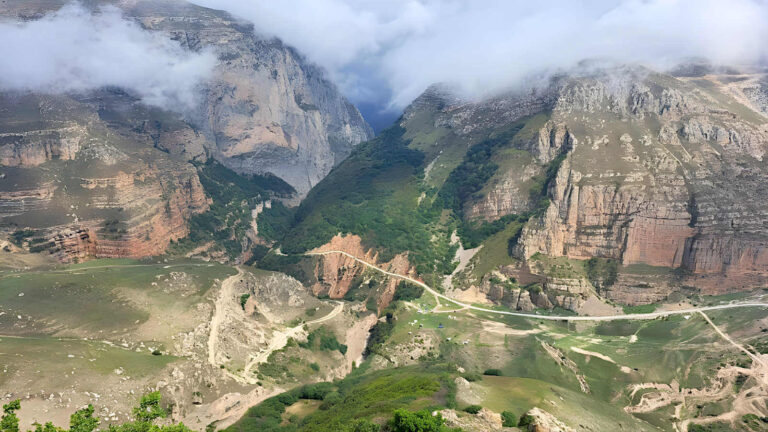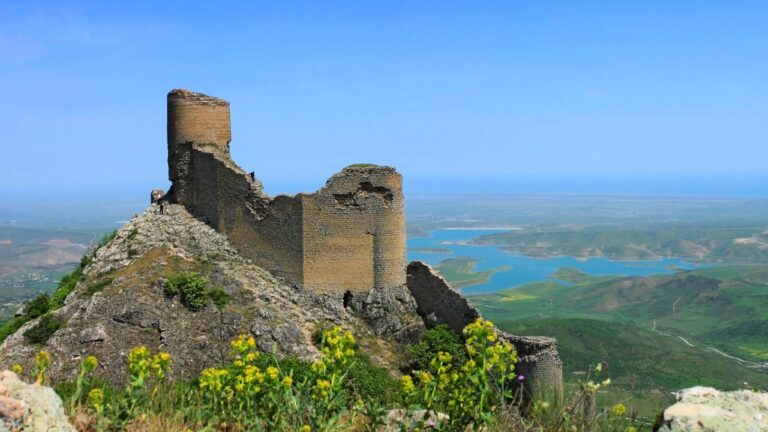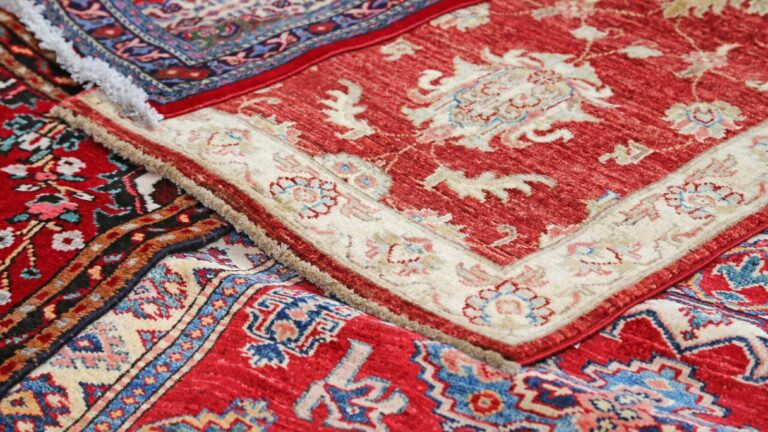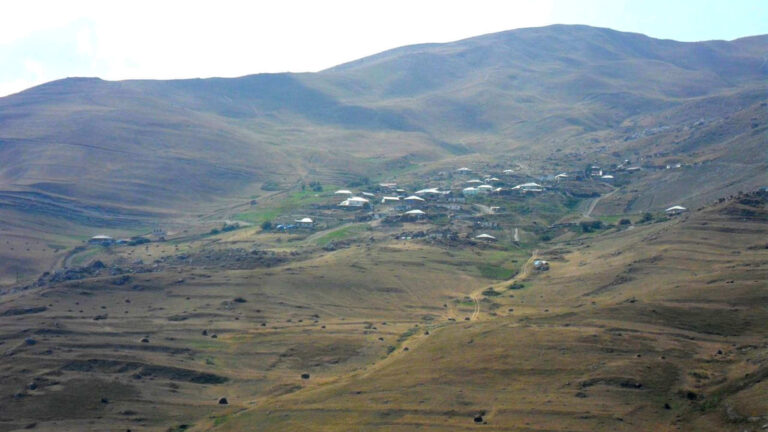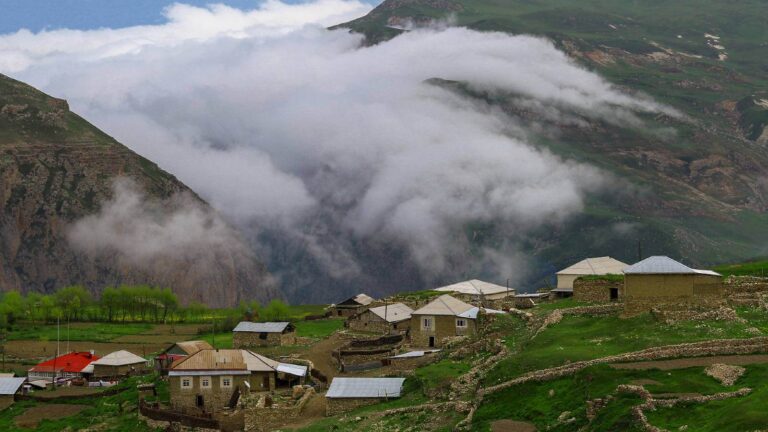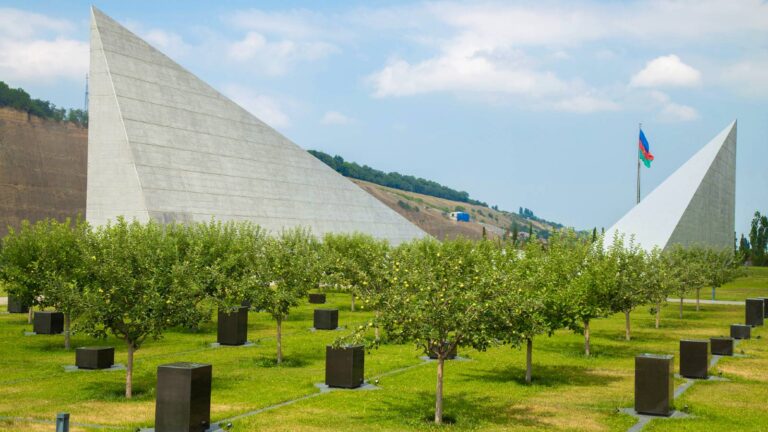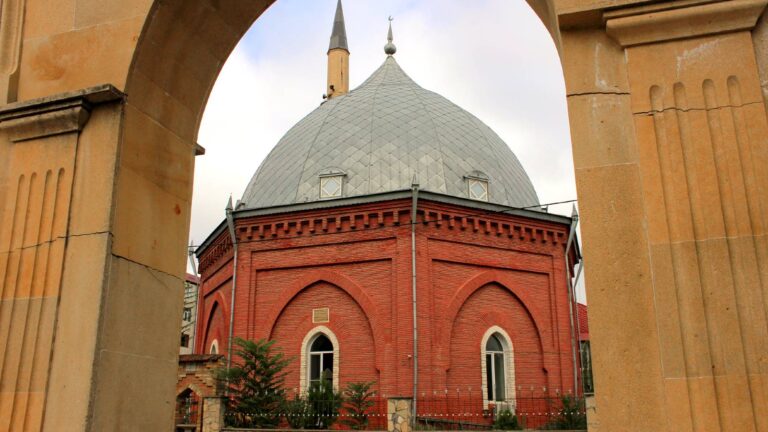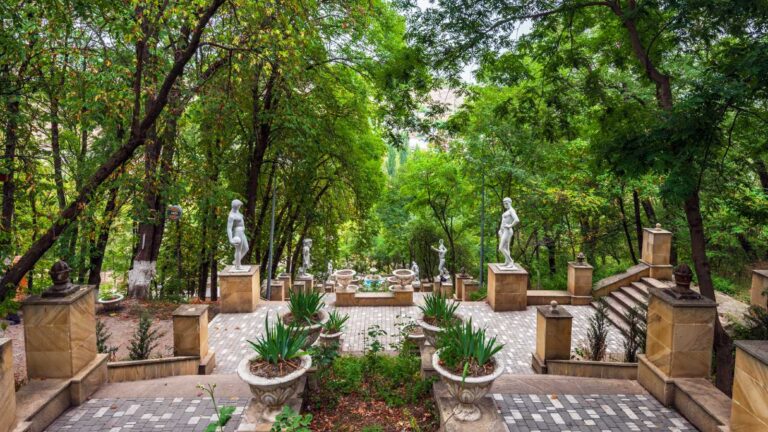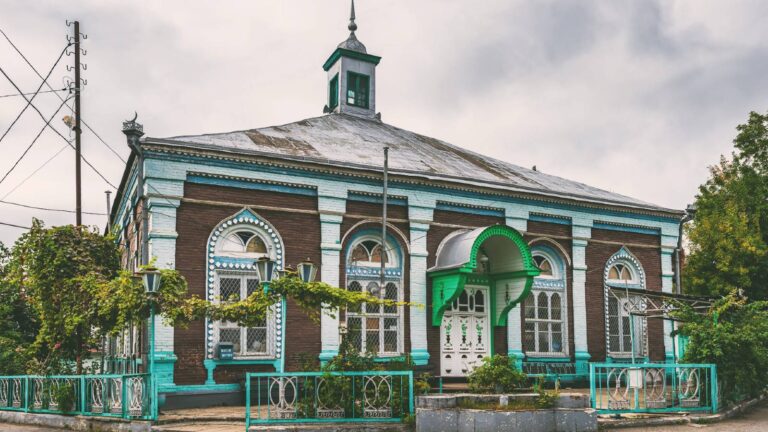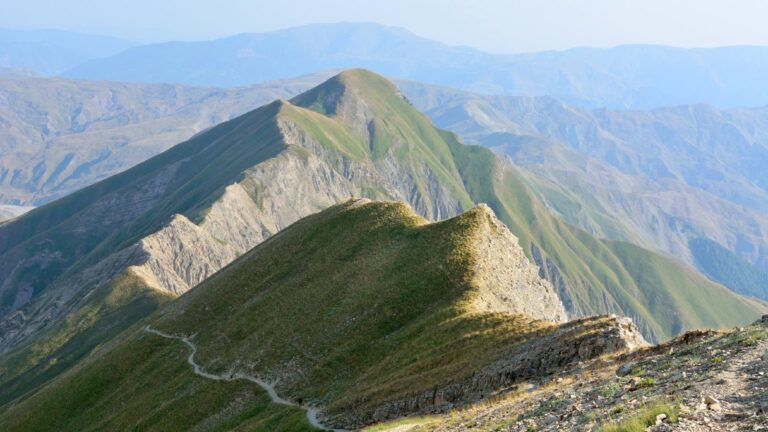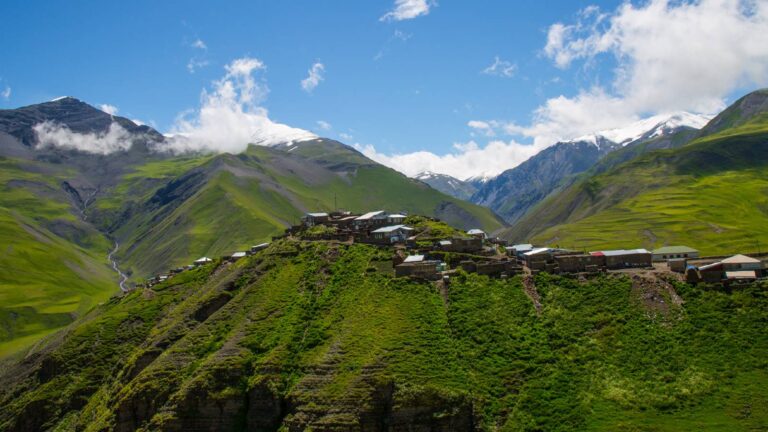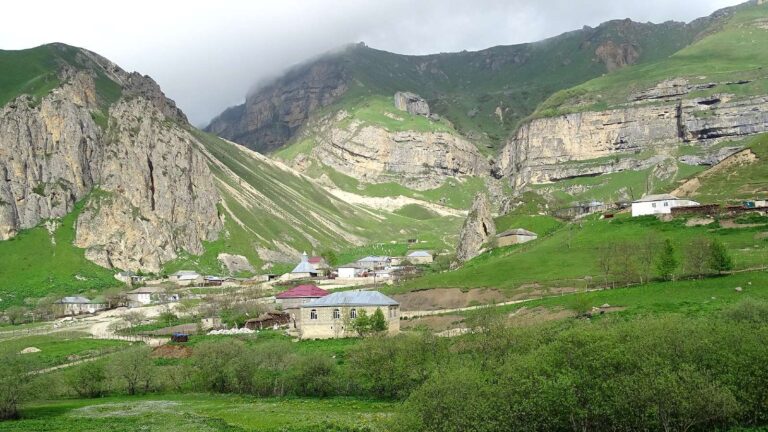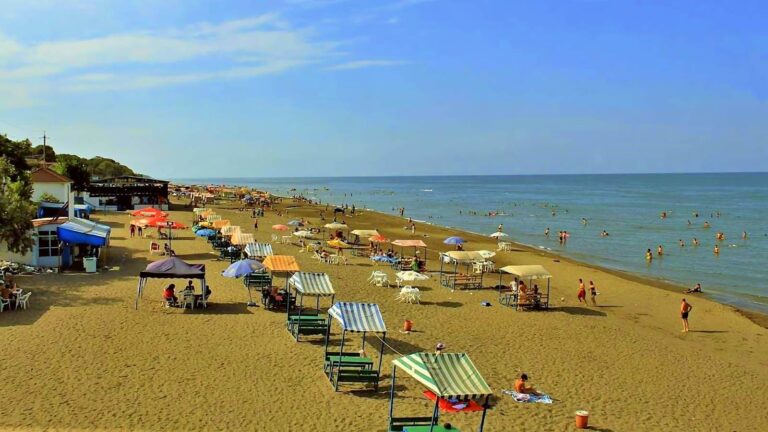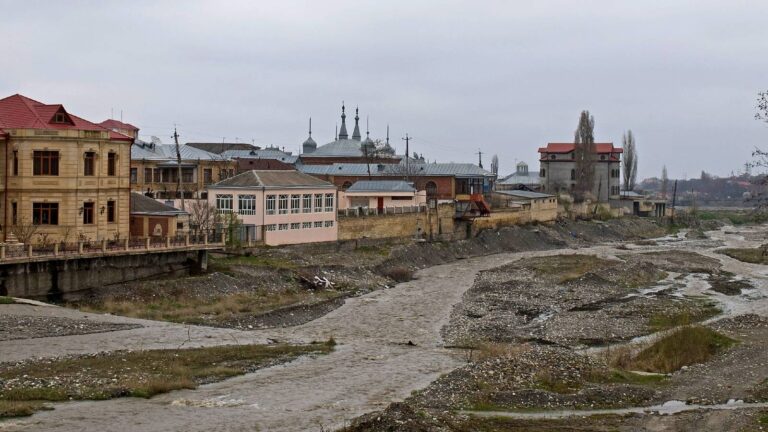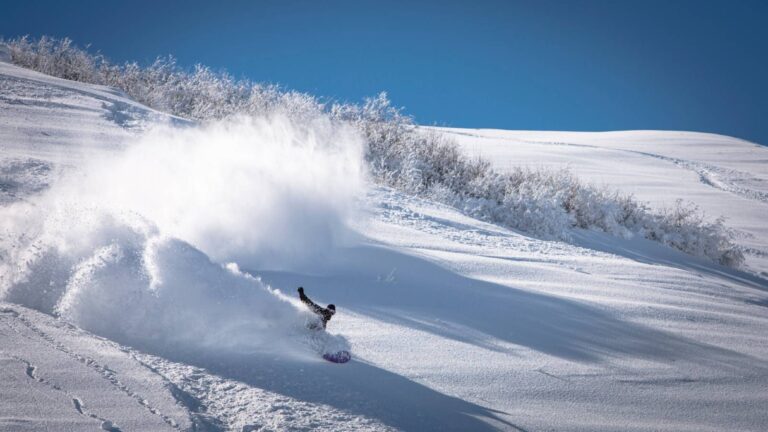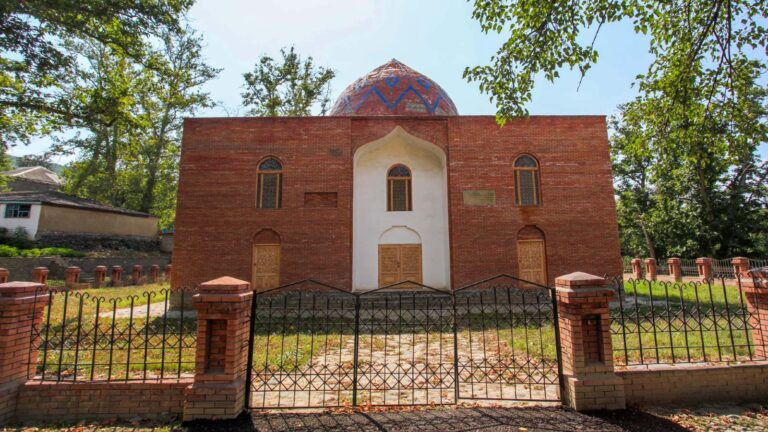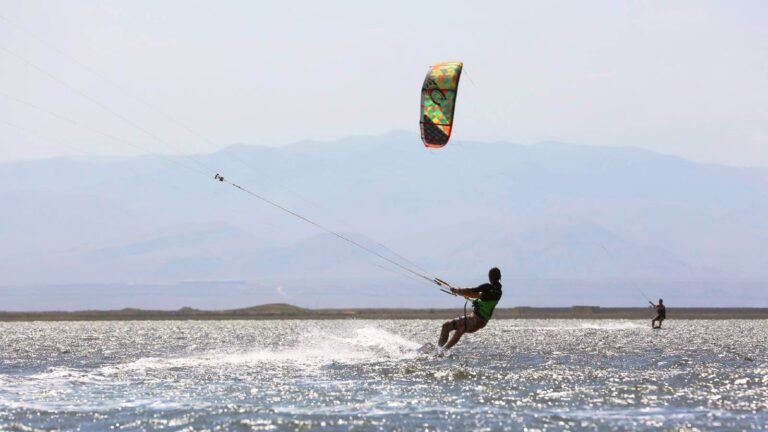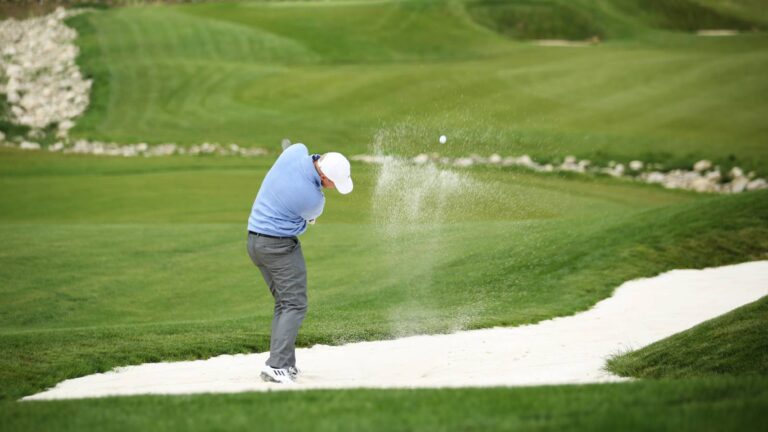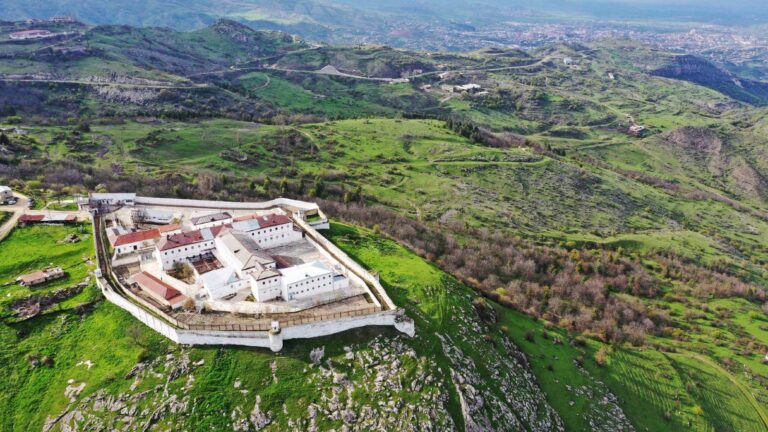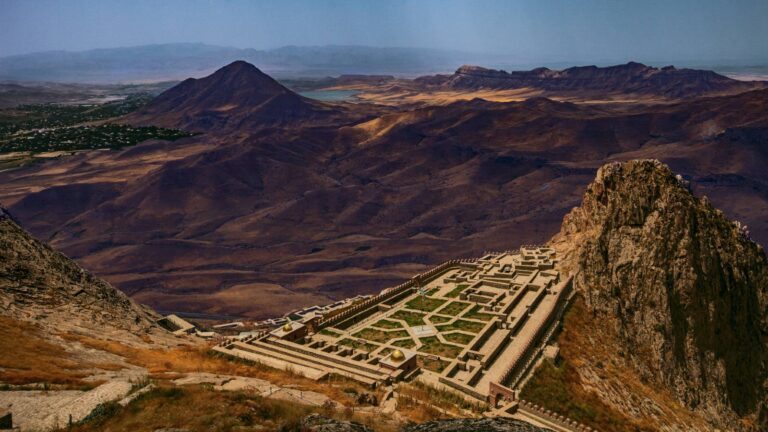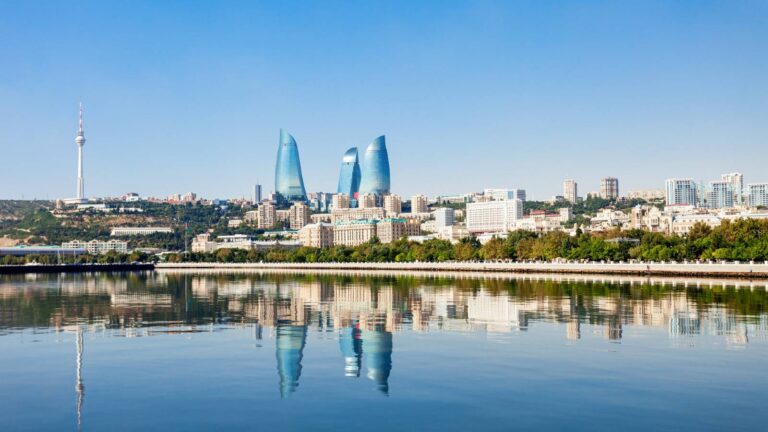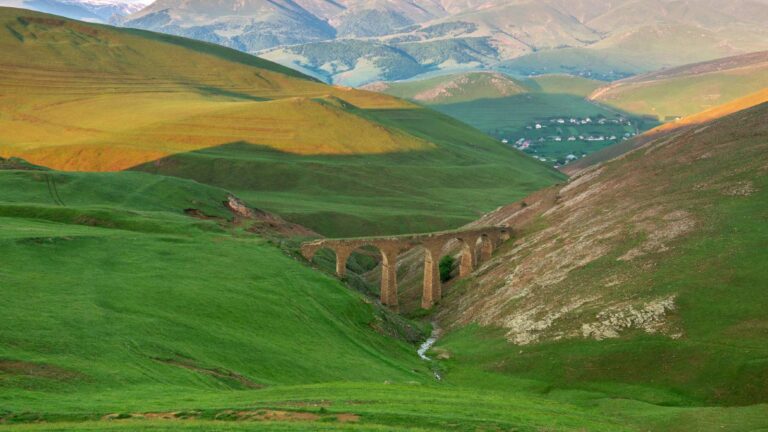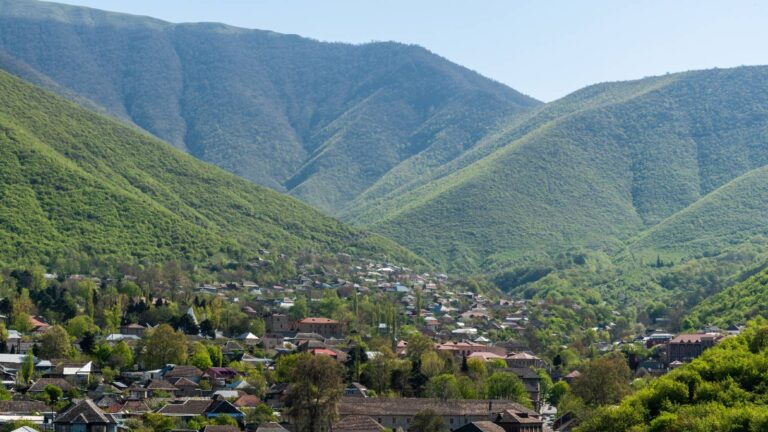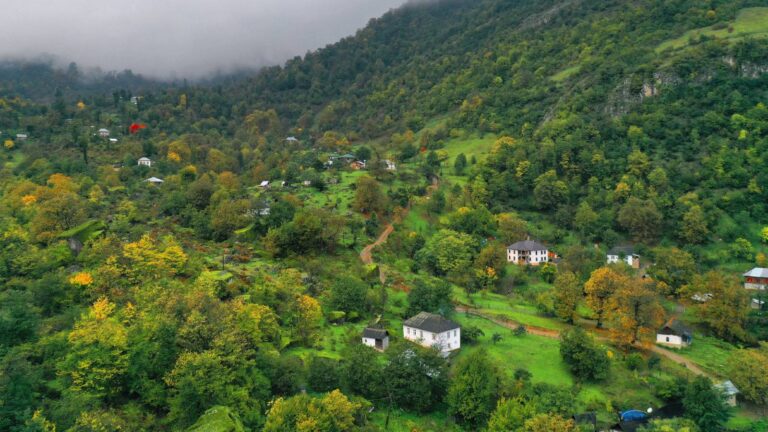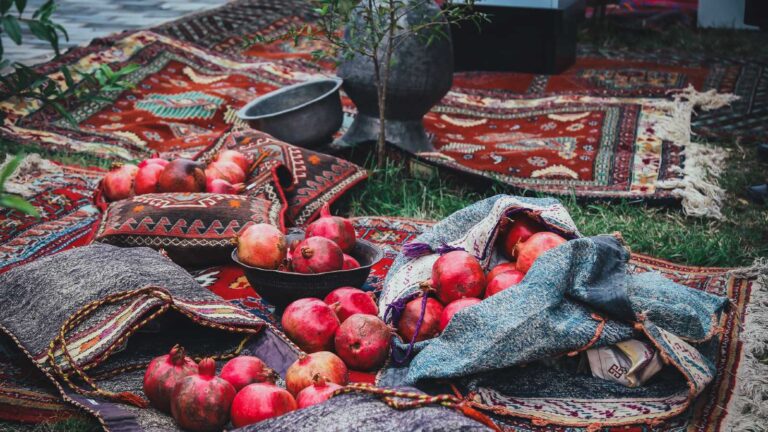The Guba region is the gateway to the Greater Caucasus Mountains, where you’ll find sublime scenery, great hiking along marked routes and ancient villages that until recently lived in utter isolation. Guba city, meanwhile, has a number of local historical and cultural attractions, such as Nizami Park, Juma Mosque, and the history and ethnography museum. Moreover, just over the river is the world’s last fully Mountain Jewish settlement: Red Village.
Further north, in the Gusar region you can expect more incredible mountain scenery. It’s home to Azerbaijan’s highest peaks as well as the superb Shahdag Mountain Resort, which offers fantastic skiing and snowboarding from December to March, as well as a selection of excellent hotels with spas, restaurants and a wide range of non-skiing activities. Near the settlement of Shuraabad on the coast about 60km north of Baku there is a fantastic kitesurfing centre.

Laza, Gusar 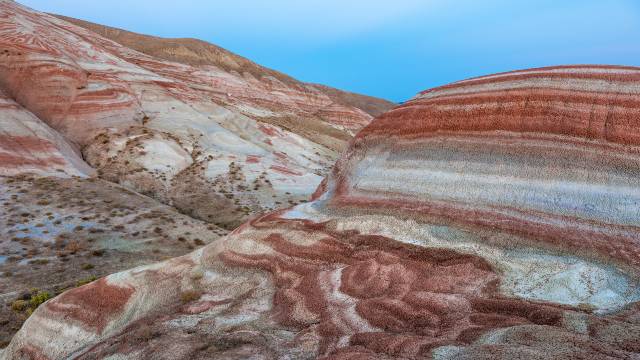
Khizi Mountains 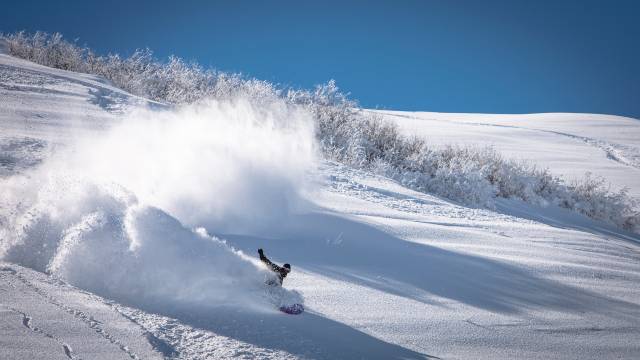
Shahdag Resort 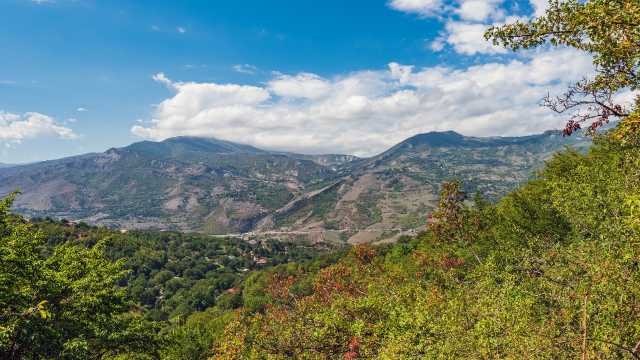
Afurja waterfall 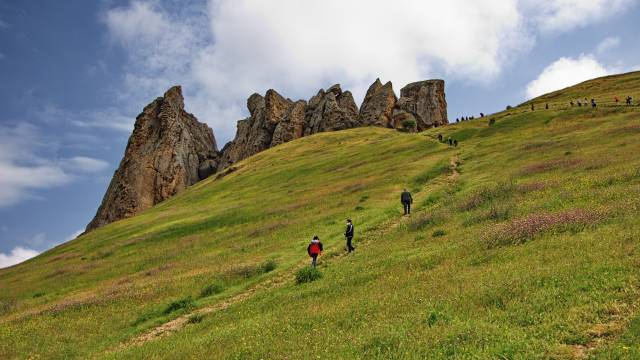
Besh Barmag Mountain 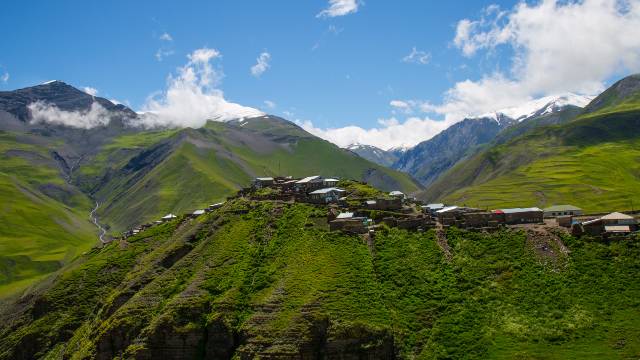
Khinalig
Many Azerbaijanis venture north-east for the summer holidays on the Caspian coast near the seaside town of Nabran, where in summer there is a good selection of accommodation options.
Guba city boasts a long history with local attractions including the Juma Mosque, Chukhur Hammam, a fabulous 19th-century arch bridge and the very moving Guba Genocide Memorial Complex, which recounts the massacre of Azerbaijanis here in 1918.
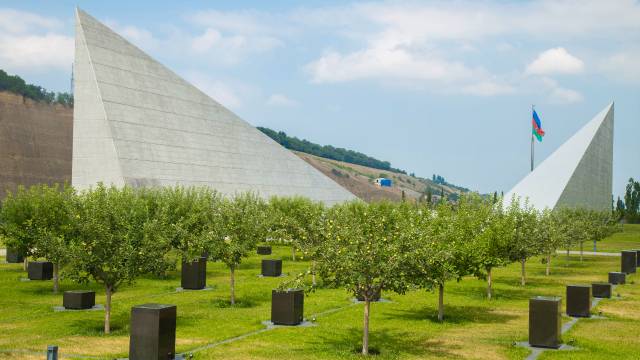
Guba Genocide Memorial 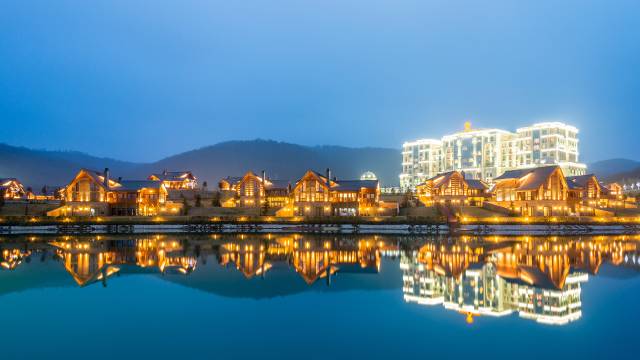
Guba Palace Hotel
Over the river in Red village you’ll find one of Azerbaijan’s most unique museums: the very well presented Museum of Mountain Jews. In Guba’s mountains, don’t miss travelling to the ancient village of Khinalig, which boasts houses that are hundreds of years old, a local history museum, and even a nearby fire-worshipping temple.
In Gusar you can see the house where celebrated Russian poet Mikhail Lermontov stayed in 1837, stroll around the old Nariman Narimanov Park, and visit historic Anig village with its fragments of 13th-century fortress walls and Taj Mahal Mosque. In the rural village of Hazra is the attractive Sheikh Juneid Mausoleum, erected upon the burial site of the grandfather of Shah Ismayil I, who founded the powerful Persian-Azerbaijani Safavid dynasty in 1501.
Guba is a historic centre of carpet weaving and you can visit factories to learn how some of the best carpets in the Caucasus are made. The city also hosts two annual festivals (interrupted by COVID-19): the Regional Cuisine Festival, held in Nizami Park in summer and acquainting visitors with local cuisine; and the Guba Apple Festival in autumn, a music-filled celebration of the apple harvest, Guba being renowned for its astonishing apple abundance.
Gastronomy
Guba is also famous for its local pakhlava, as well as a similarly sweet dessert called bukma. These are traditional sweets which you can see being made according to old recipes, and try of course, at bakeries dotted around the city.
Gusar is the centre of Azerbaijan’s Lezgi community, whose intriguing culture and cuisine you can discover during a trip to the city and surrounding villages. The city’s Gusar State Art Gallery is also well worth exploring.
Guba and Gusar consists of lowlands and the Greater Caucasus Mountains interspersed with picturesque rivers, valleys, waterfalls and canyons. Azerbaijan’s highest peaks are located in Gusar (Mt. Bazarduzu is the highest at 4,466 metres) and covered in snow year-round. Lower down, mountain villages are typically under snow from late autumn to early spring. In the lowlands summers are hot and humid.
The Shahdag National Park covers much of the high mountainous zone of Guba and Gusar and offers particularly good hiking and birdwatching opportunities. Meanwhile, near the town of Nabran on the north-east coast the Samur Yalama National Park protects a very unique mixed deciduous forest that extends right up to the seashore.
The main industries in this region include: production of canned fruits and vegetables, carpet weaving (especially in Guba and Gusar), apple and wheat growing and dairy products and tourism.

